US Trade Frameworks with El Salvador, Argentina, Ecuador & Guatemala
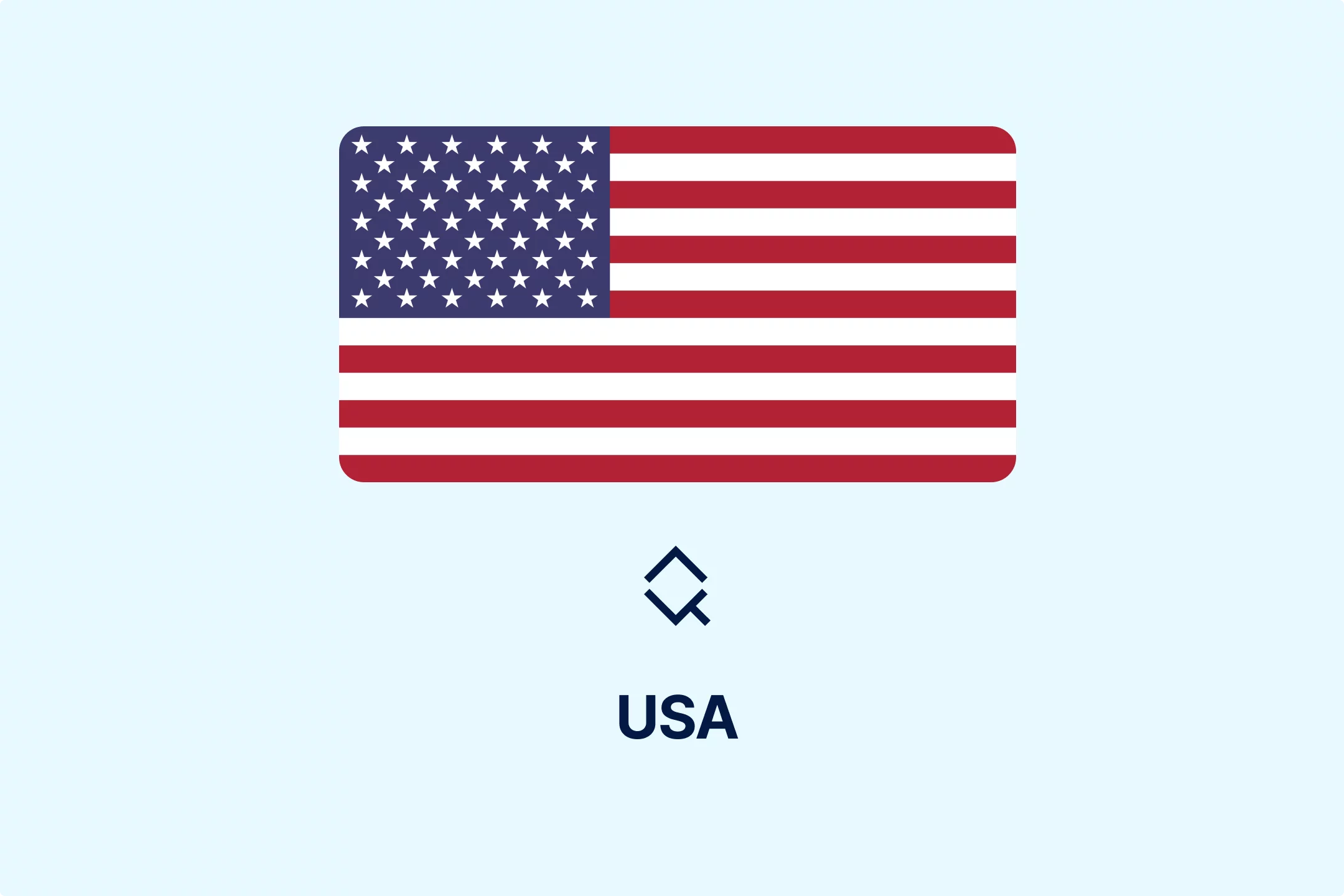
In addition to signing a Trade Agreement with Switzerland and Liechtenstein, during November, the Trump Administration unveiled several other bilateral Frameworks for Agreements on Reciprocal Trade with El Salvador, Argentina, Ecuador, and Guatemala. What is common to all these Agreements is that they are more political than those that require immediate legal change. Moreover, the primary purpose of these Agreements is to highlight intentions to expand market access, adjust tariff treatment, and roll back selected non-tariff barriers.
Market Access and Tariffs Across the Four Agreements
Under the US-El Salvador Agreement, most Salvadoran-origin goods remain subject to a 10% tariff, except for those listed in Annex III of Executive Order 14346, which receive duty-free treatment. Additionally, El Salvador agreed to remove several non-tariff barriers by accepting US-made vehicles that meet US safety and emissions rules, recognizing FDA certificates and prior marketing authorizations for medical devices and pharmaceuticals, and lifting labeling restrictions on US cheese and meat.
Similar to El Salvador, the US will maintain its 10% tariff on most Argentine goods, with Annex III goods being imported at 0%. Furthemore, Argentina will admit US exports that comply with US or international standards without new conformity assessments, eliminate outdated consular procedures, and phase out the statistical tax on US-origin imports, currently set at 0.5% to 3%, capped at USD 500. Also, Argentina committed to improving intellectual property protection to facilitate digital trade, services, and investment with the US.
Following the US-Ecuador Agreements, Ecuadorian-origin goods remain subject to a 15% tariff except for the duty-free Annex III products. In addition to committing to facilitate digital trade and investments with the US, Ecuador agreed to dismantle pre-shipment inspection requirements, make environmental improvements, including fisheries and forest governance, and strengthen labor protections.
Finally, the US will continue to apply a 10% tariff to most Guatemalan goods, with Annex III items entering duty-free. In return, Guatemala agreed to adopt international customs and regulatory best practices, easing restrictions on digital trade and investment by refraining from Digital Services Tax (DST).
Conclusion
Similar to Agreements concluded with Switzerland and Liechtenstein, Agreements signed with El Salvador, Argentina, Ecuador, and Guatemala indicate a broader strategic push toward bilateral tariff liberalization. More specifically, none of the changes apply automatically, and any adjustments to tariff administration or rules of origin will depend on forthcoming guidance from US customs and regulatory agencies.
Nevertheless, businesses engaged in cross-border trade must reassess product classifications, origin documentation, and supply-chain structure to identify potential opportunities for tariff relief and prepare for the forthcoming implementation phase.

Featured Insights

Angola’s E-Invoicing Mandate: Phased Implementation Continues Into 2026
🕝 December 10, 2025
VAT Deduction and Business Succession: When Do Advisory Costs Serve the Company’s Interest?
🕝 December 8, 2025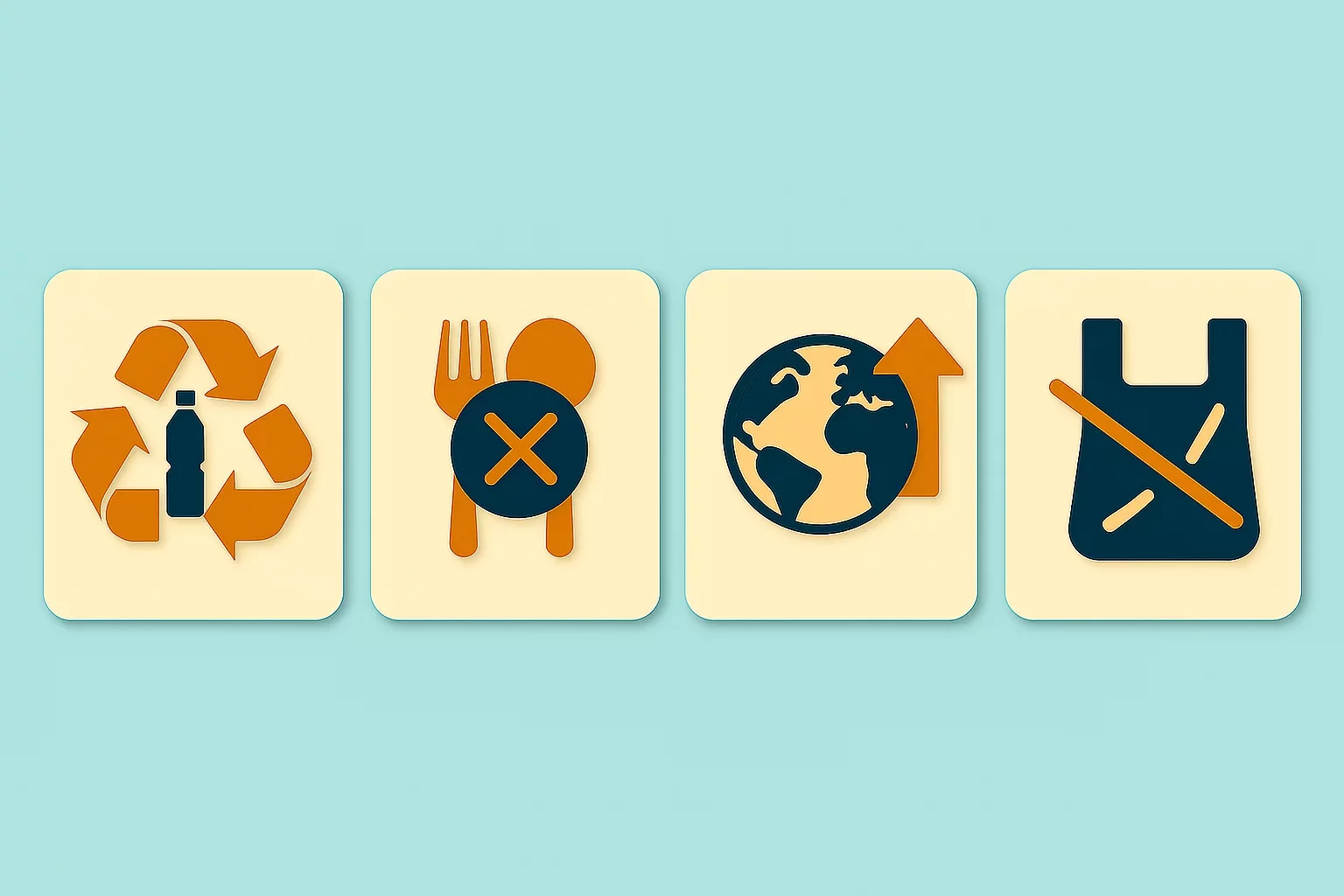
Europe’s Plastic Fiscal Shift: Why Italy’s Plastic Tax Now Starts in 2027
🕝 December 3, 2025
The Decline of Low-Value Import Exemptions: Closing Gaps in Cross-Border E-Commerce
🕝 November 20, 2025More News from United States
Get real-time updates and developments from around the world, keeping you informed and prepared.
-e9lcpxl5nq.webp)

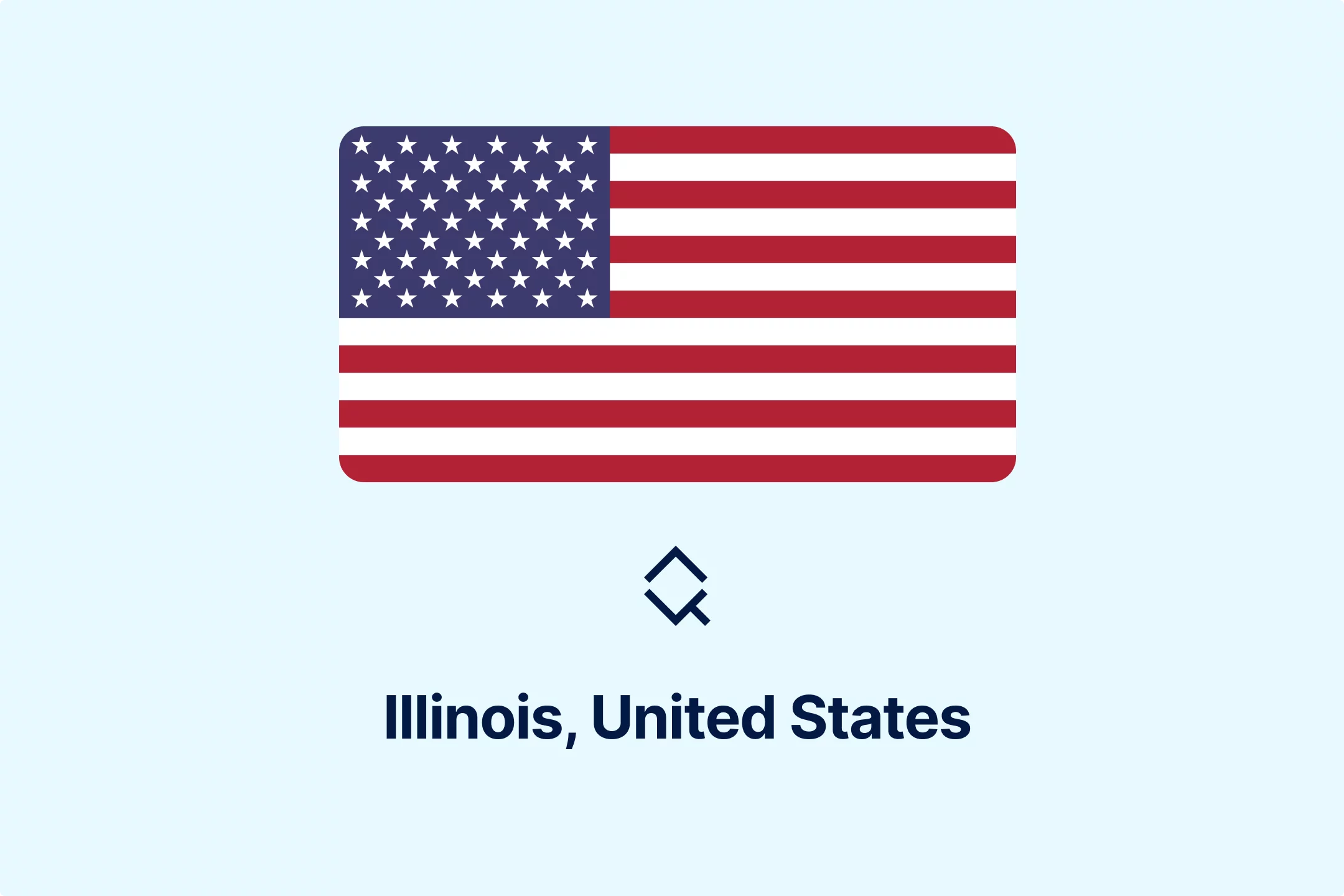
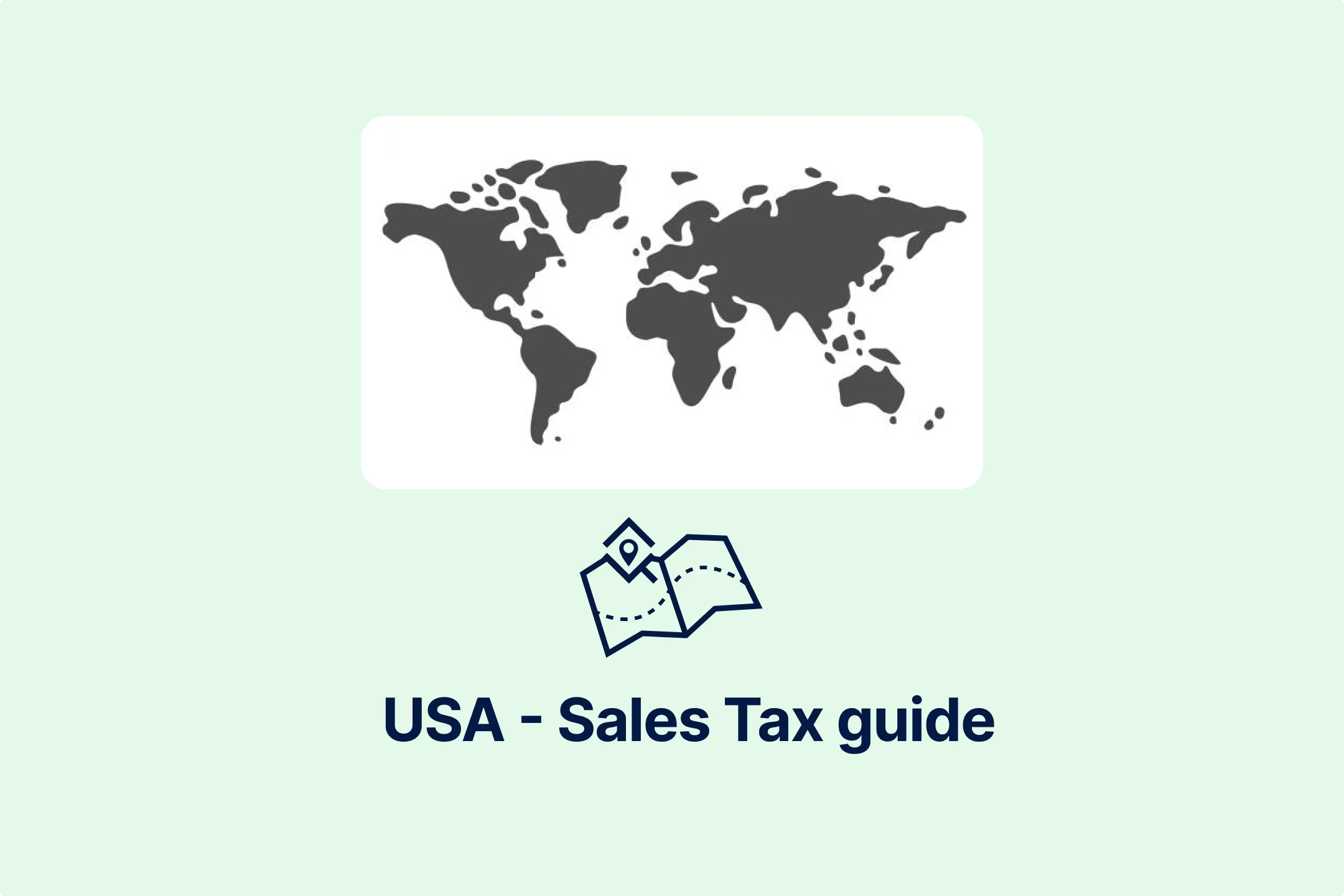
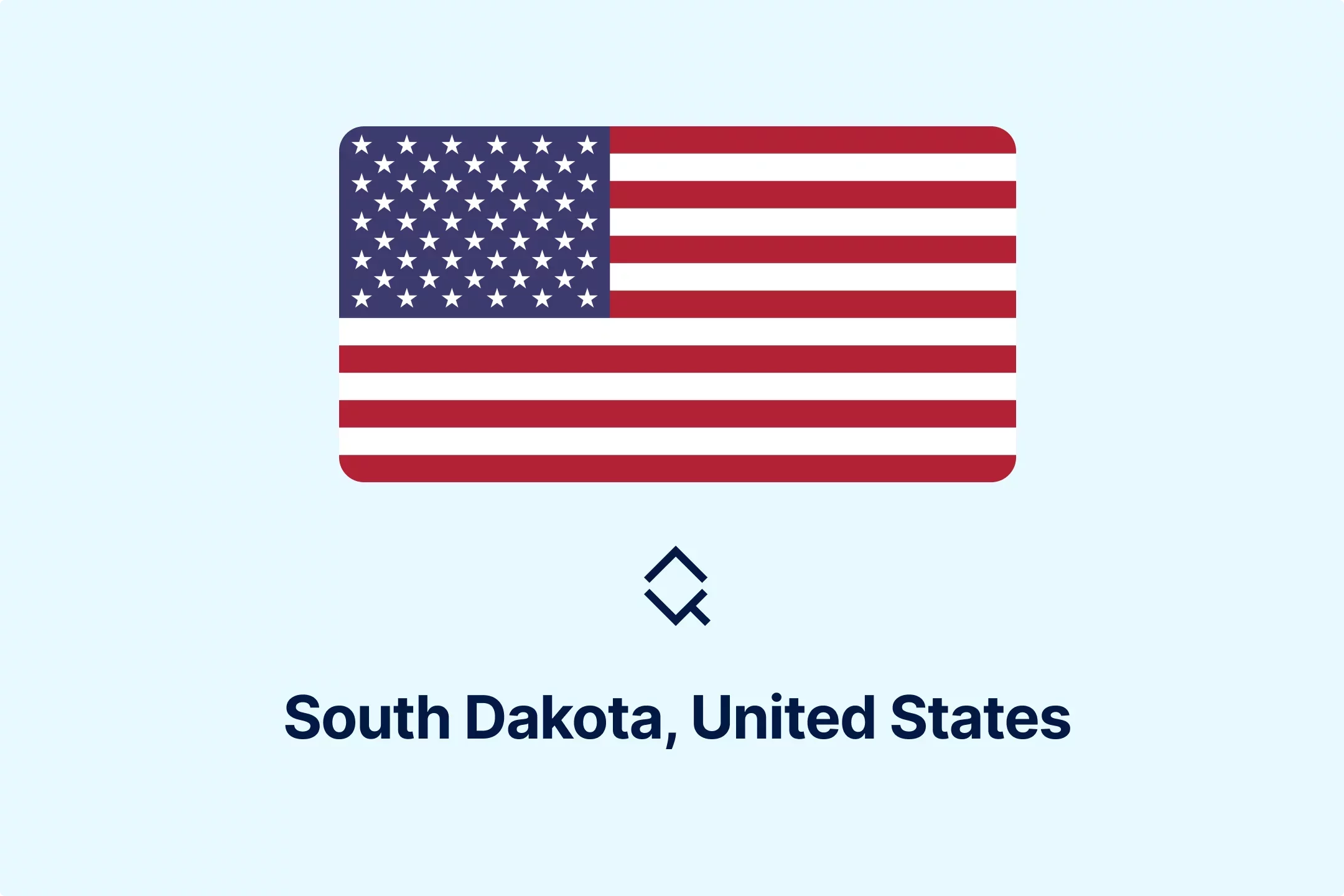
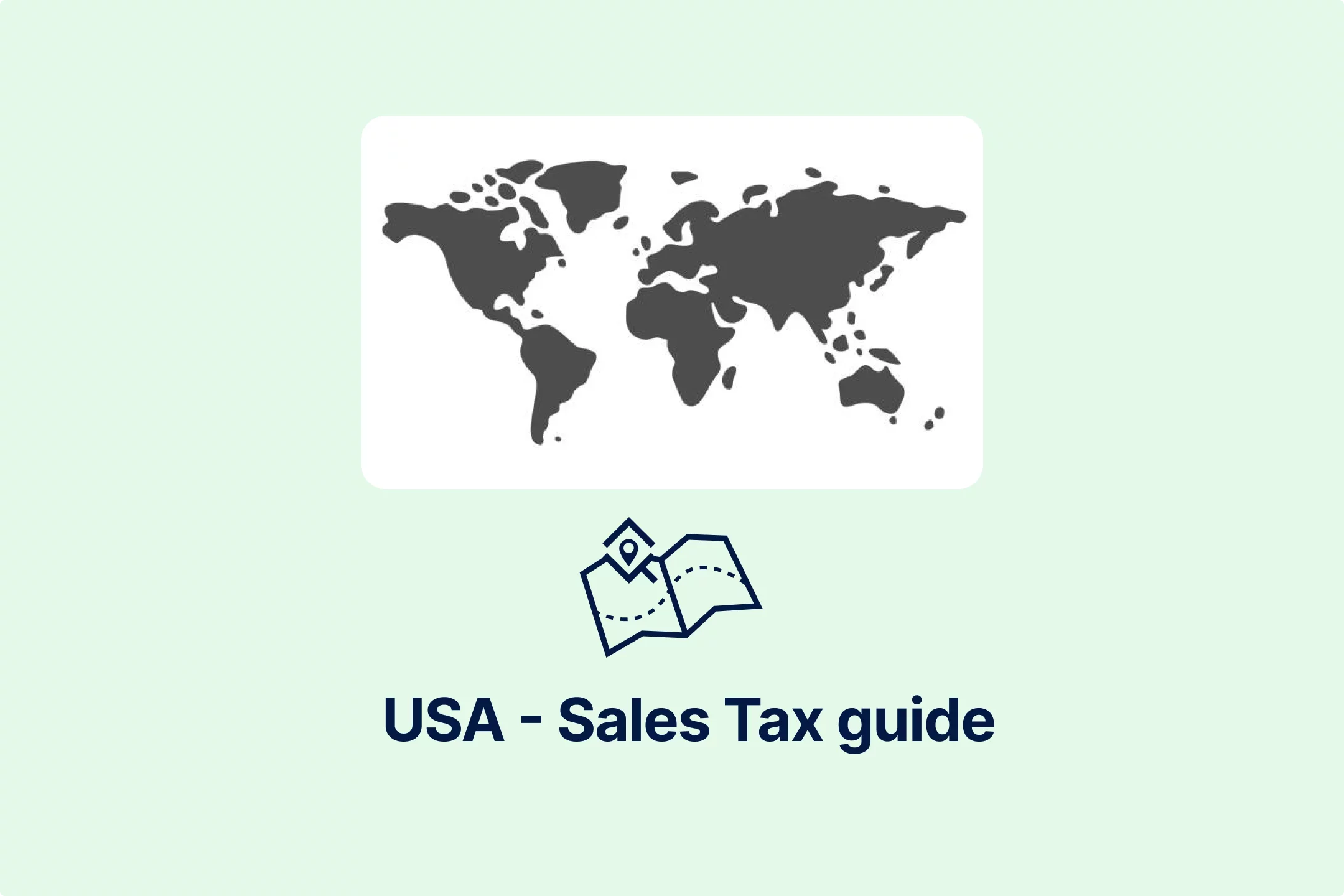

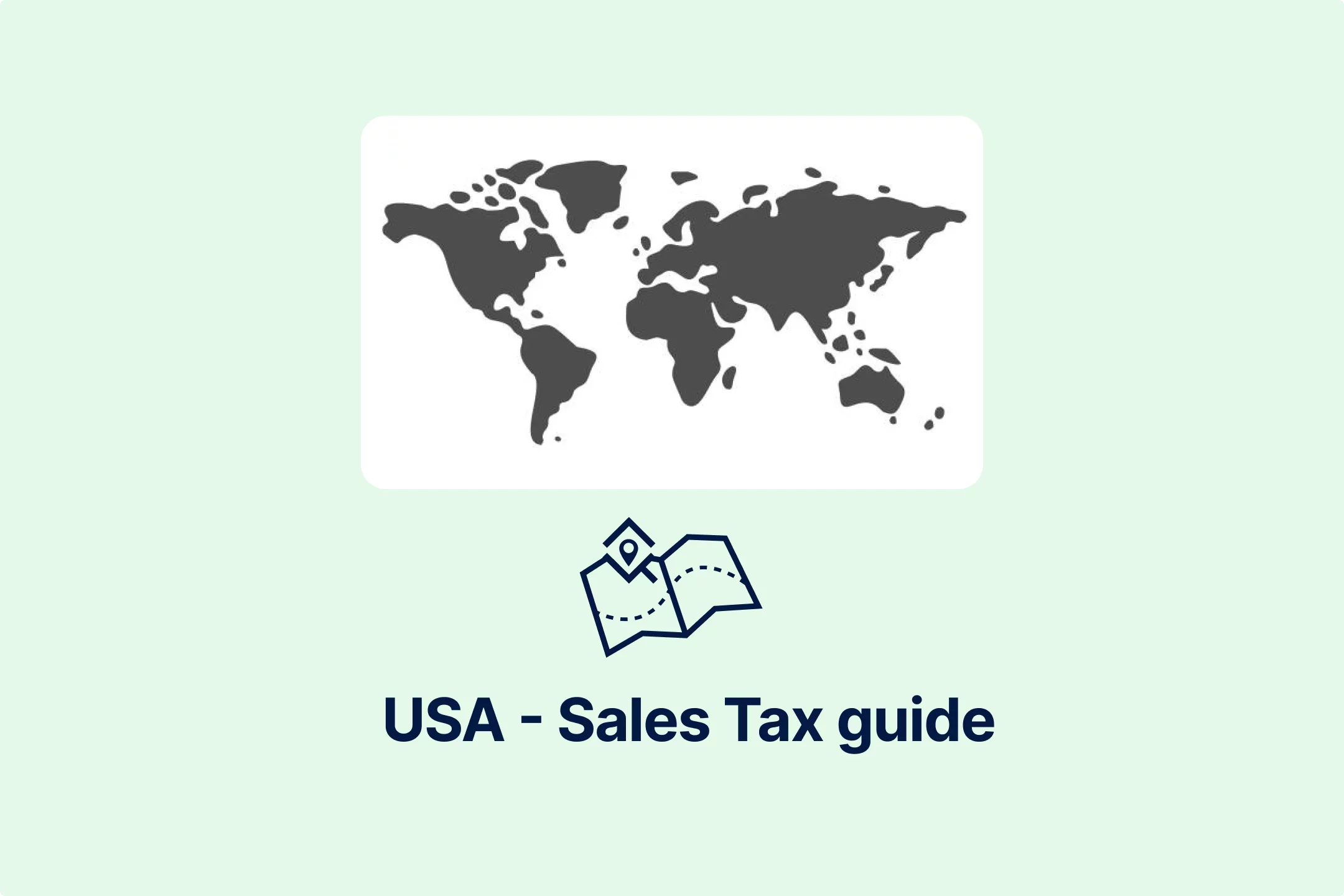


-sug7vykj81.webp)
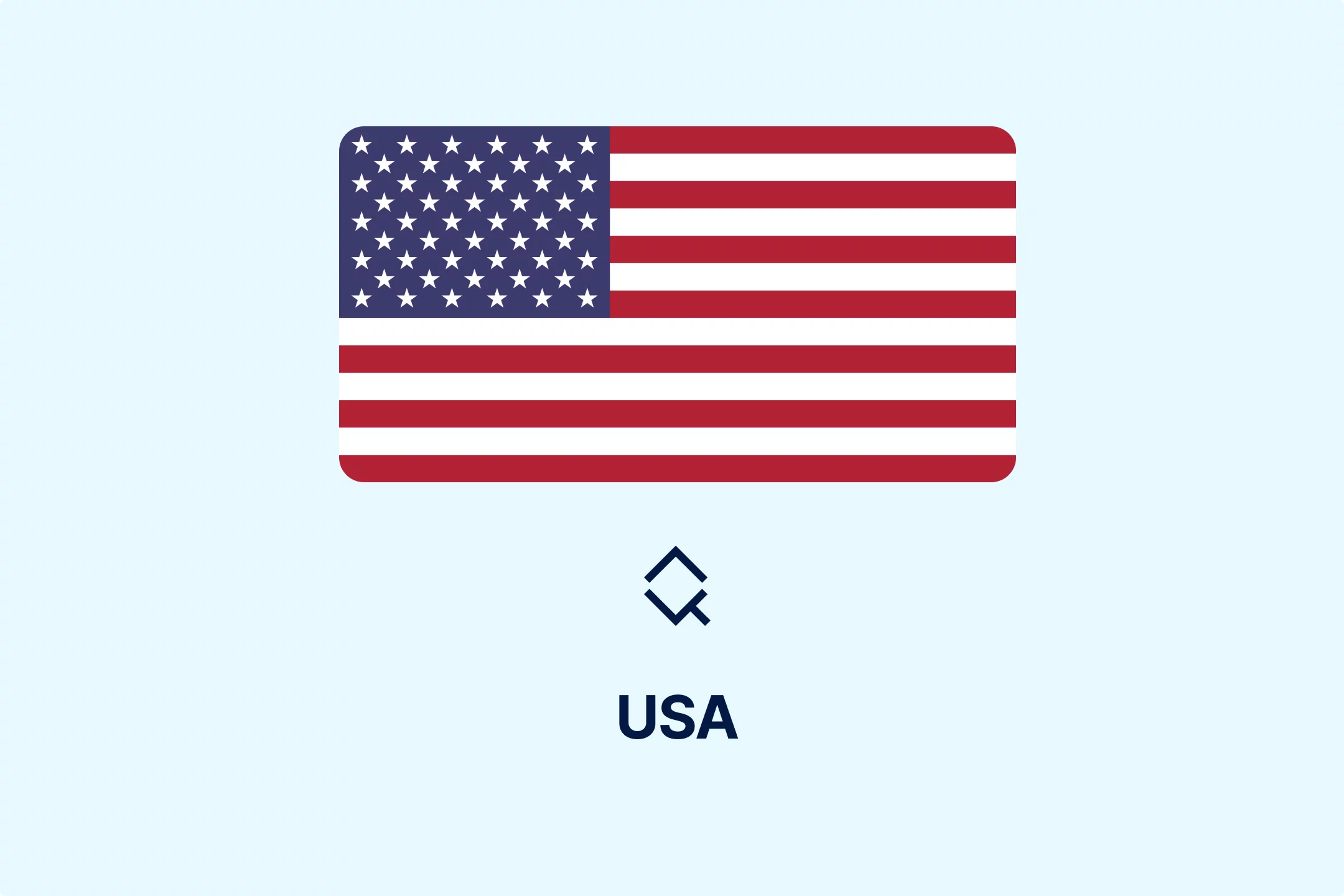
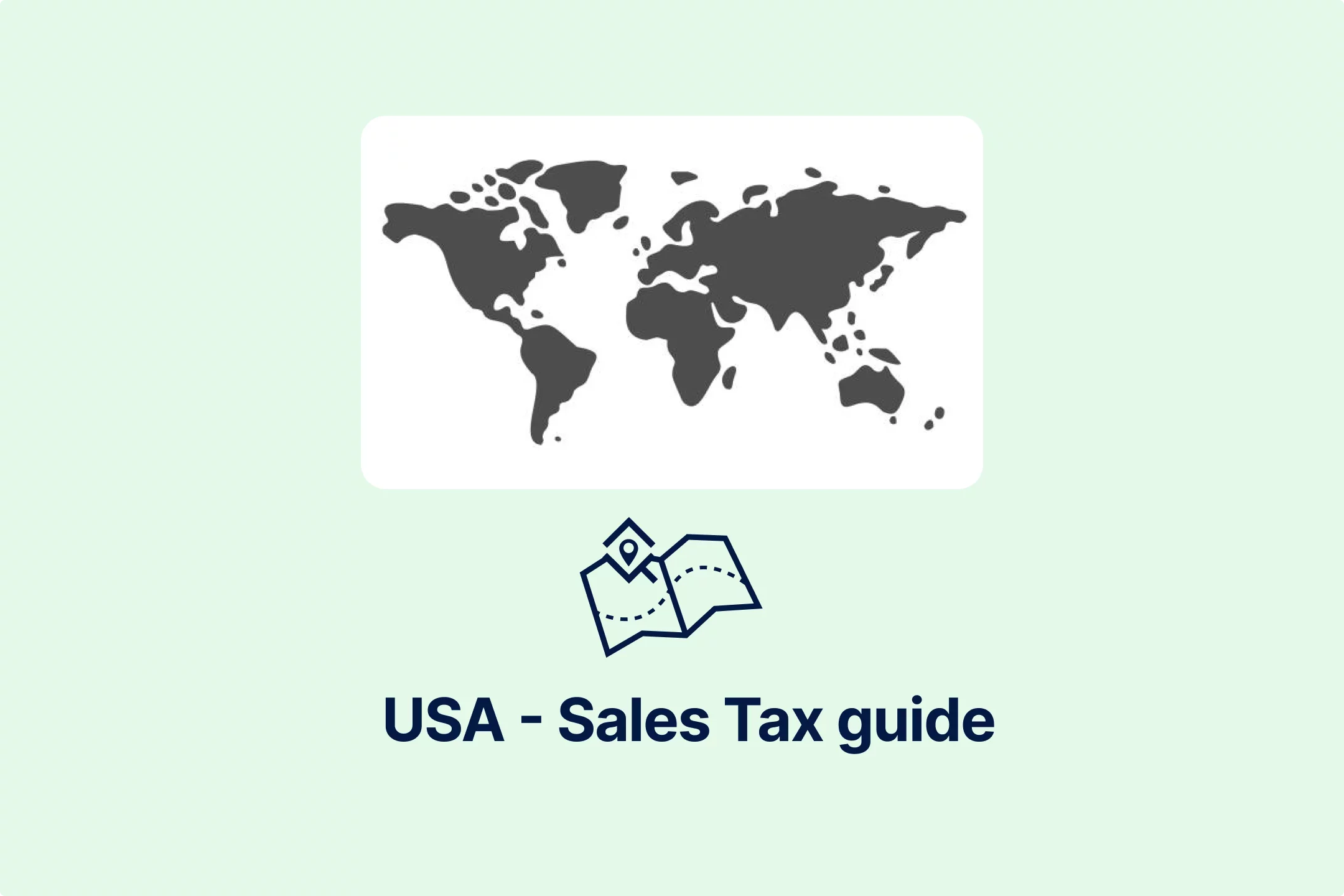


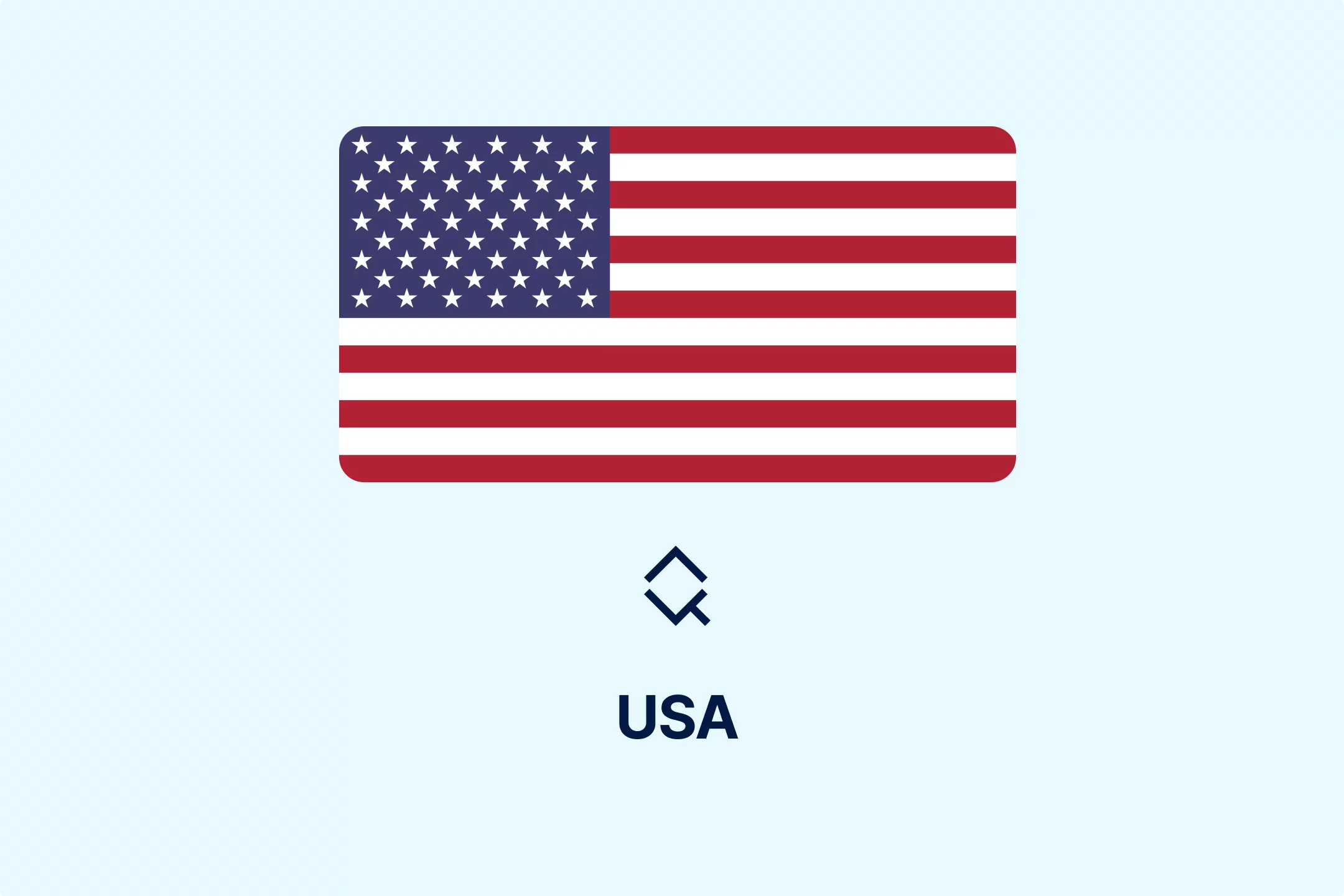

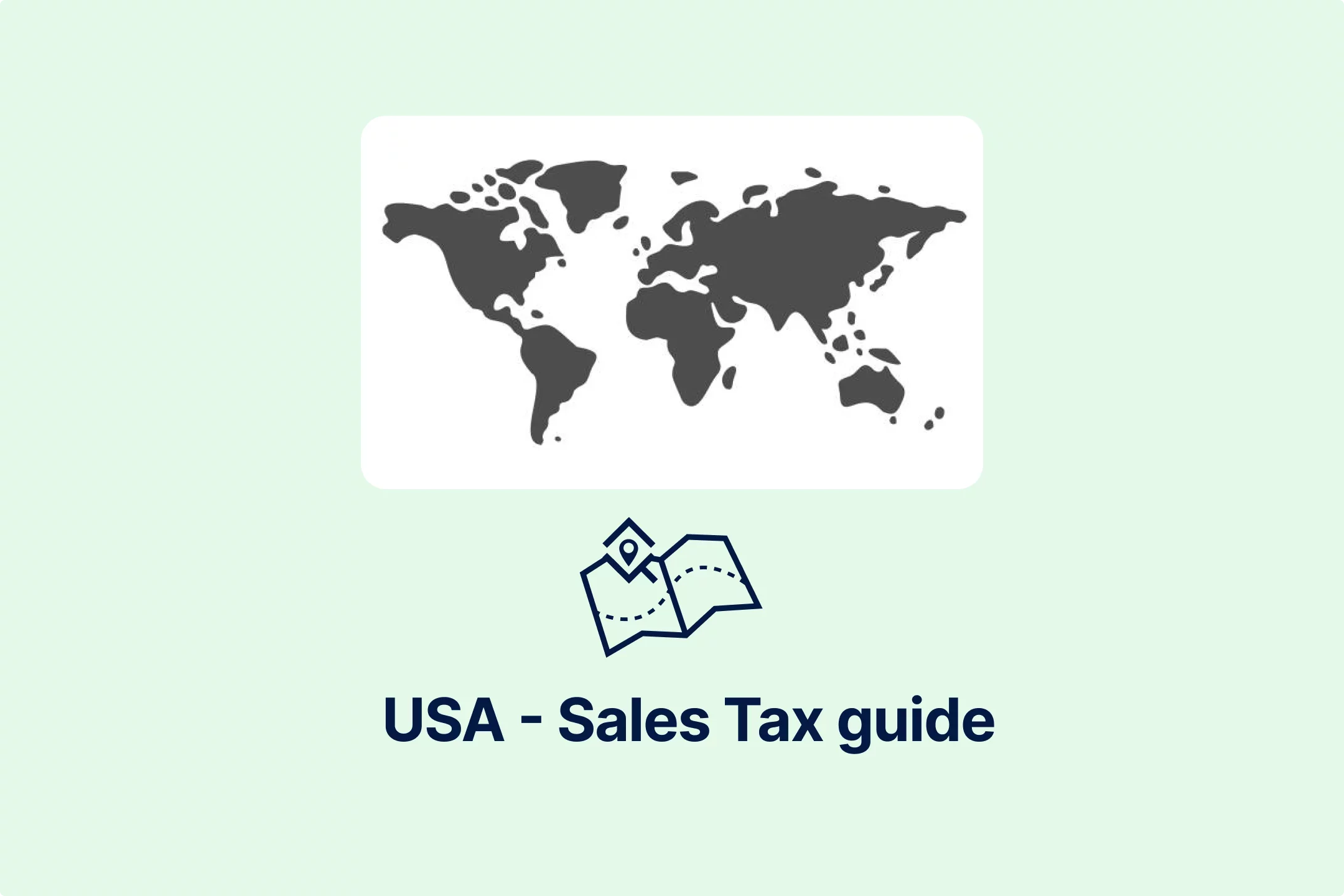


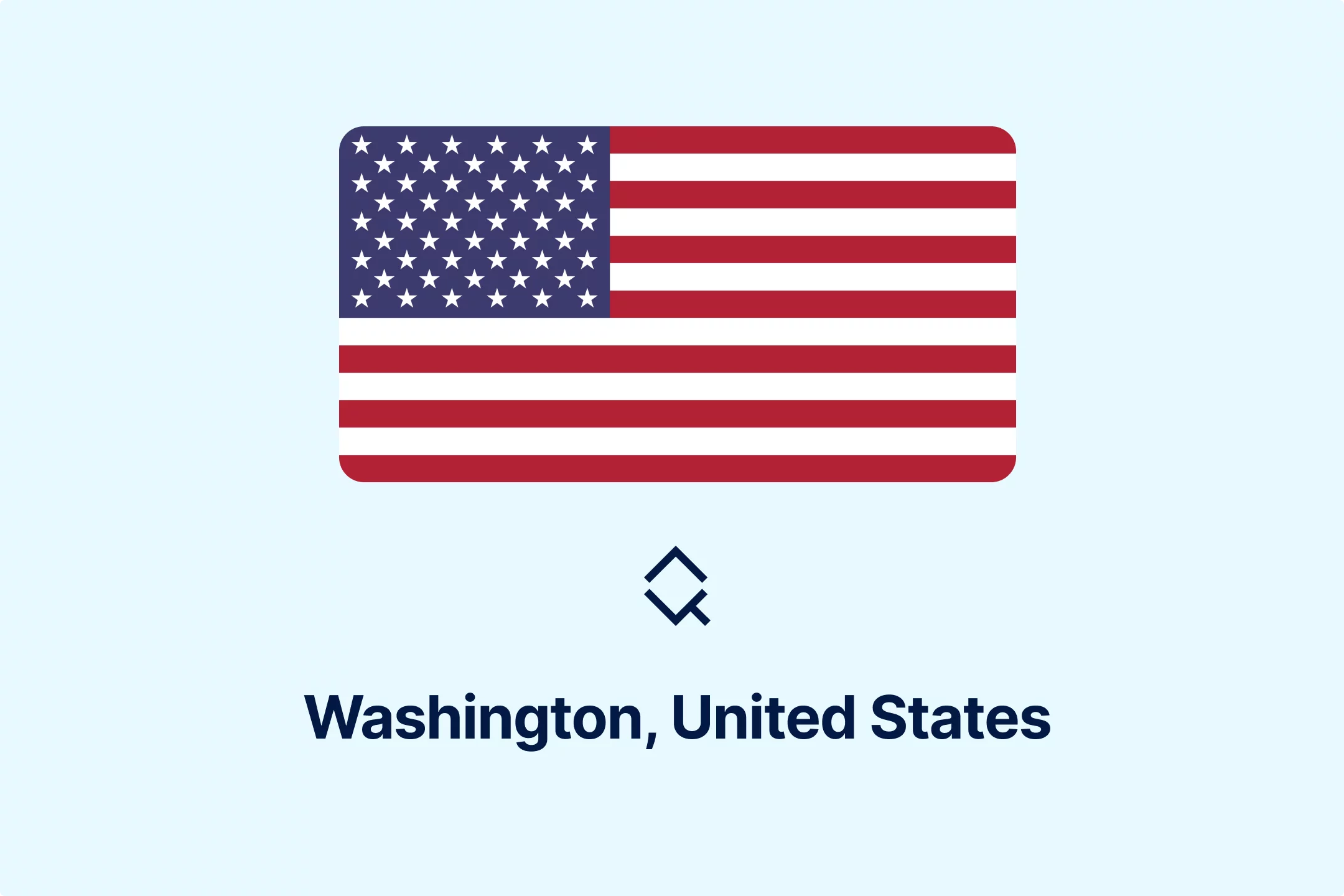
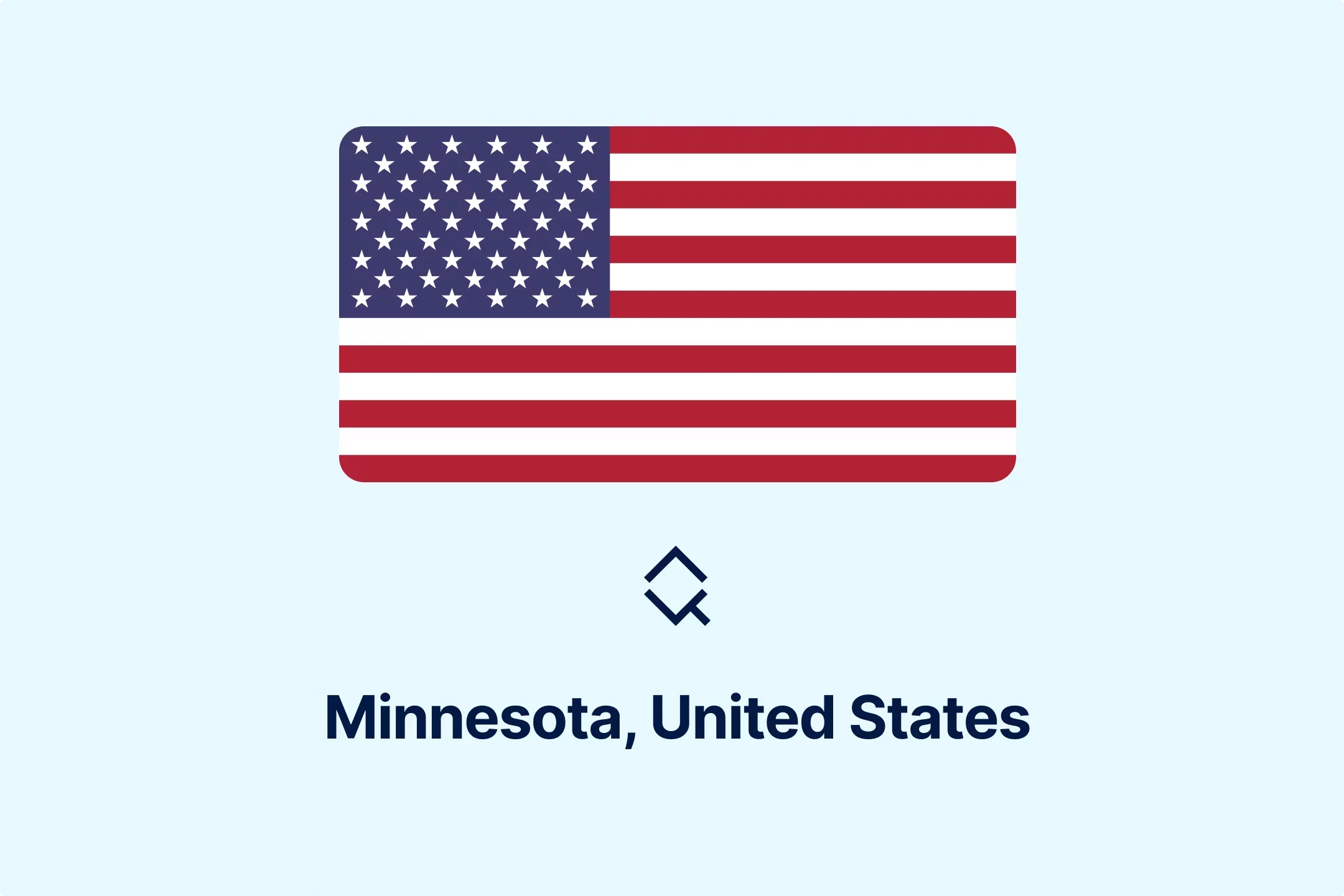

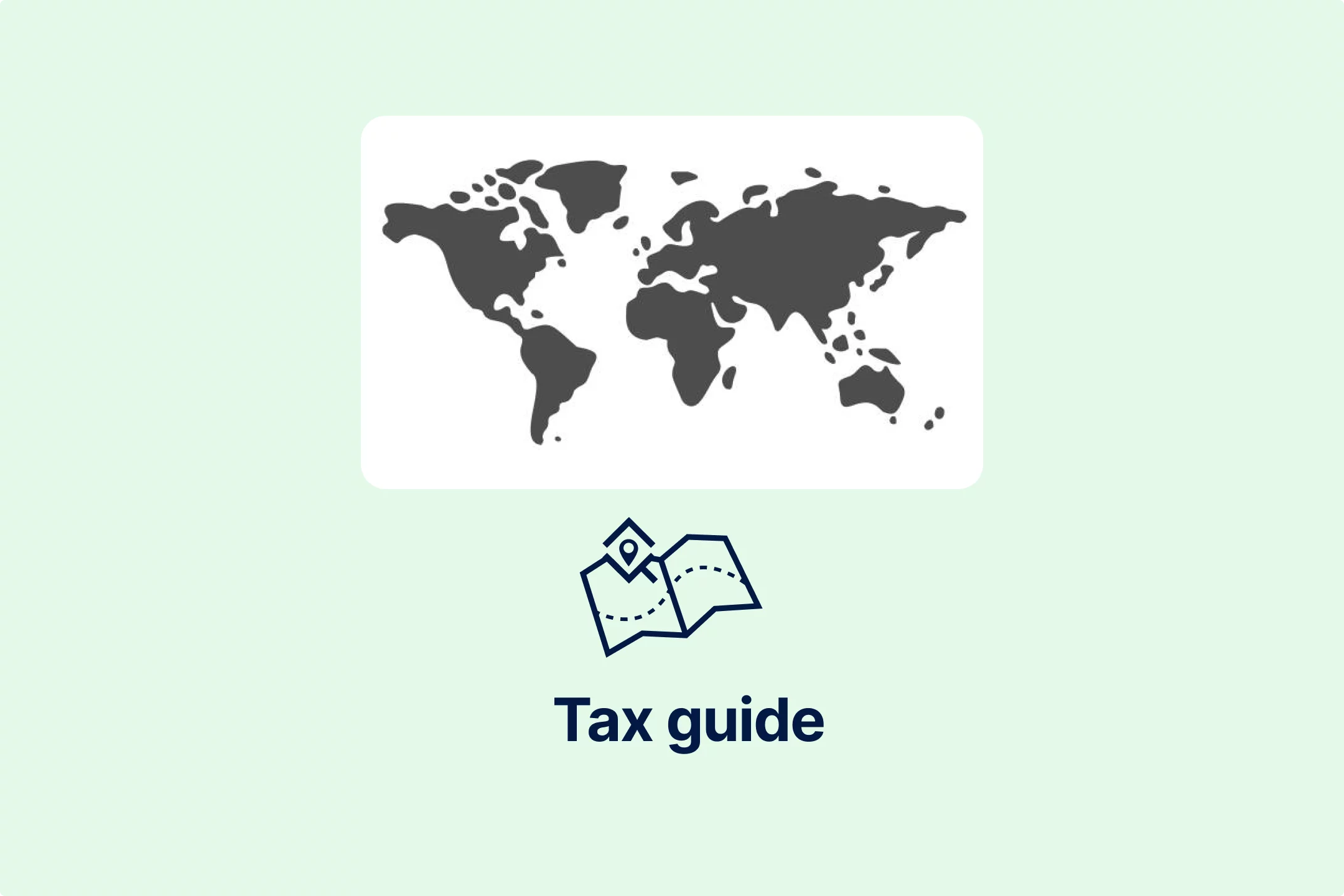

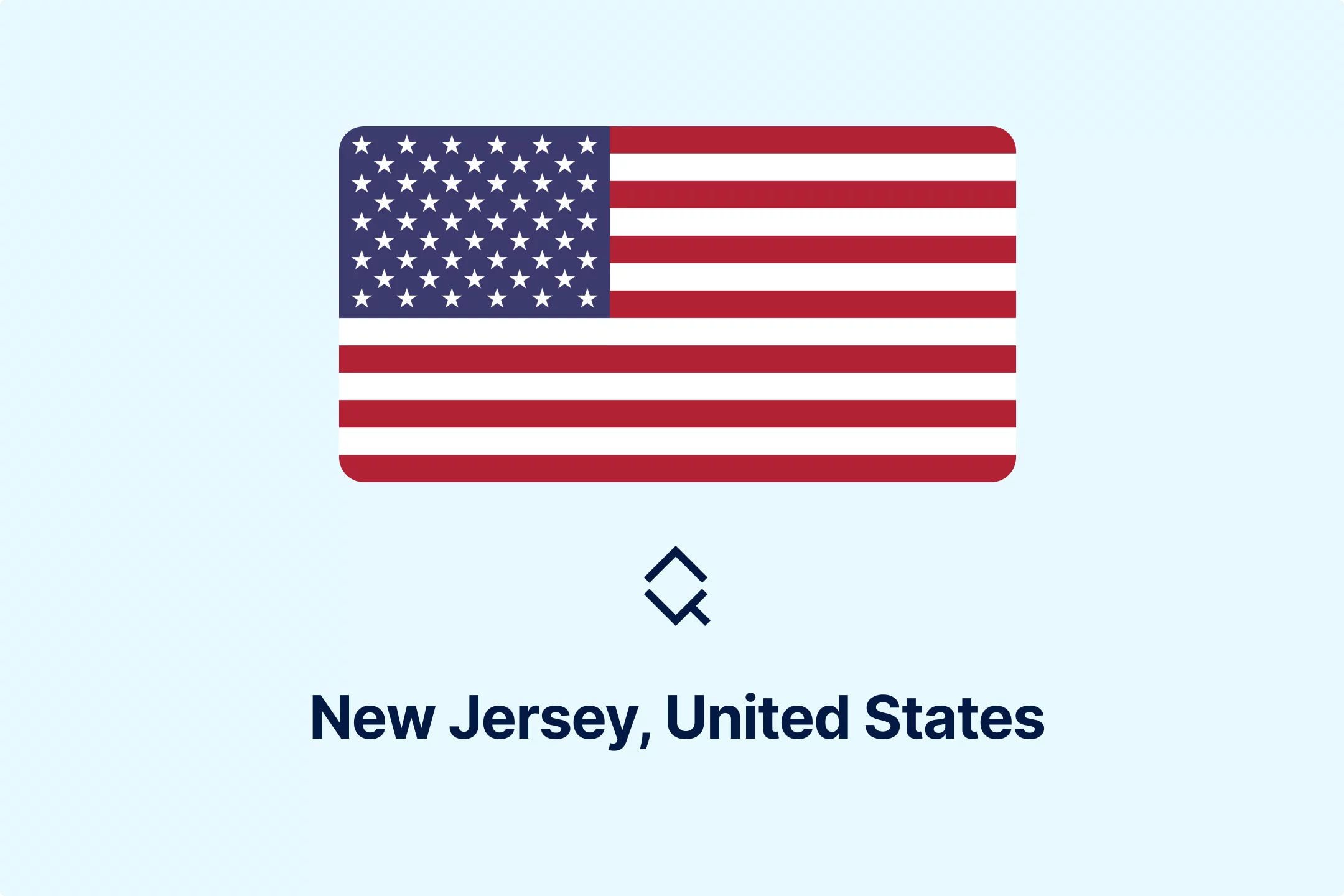
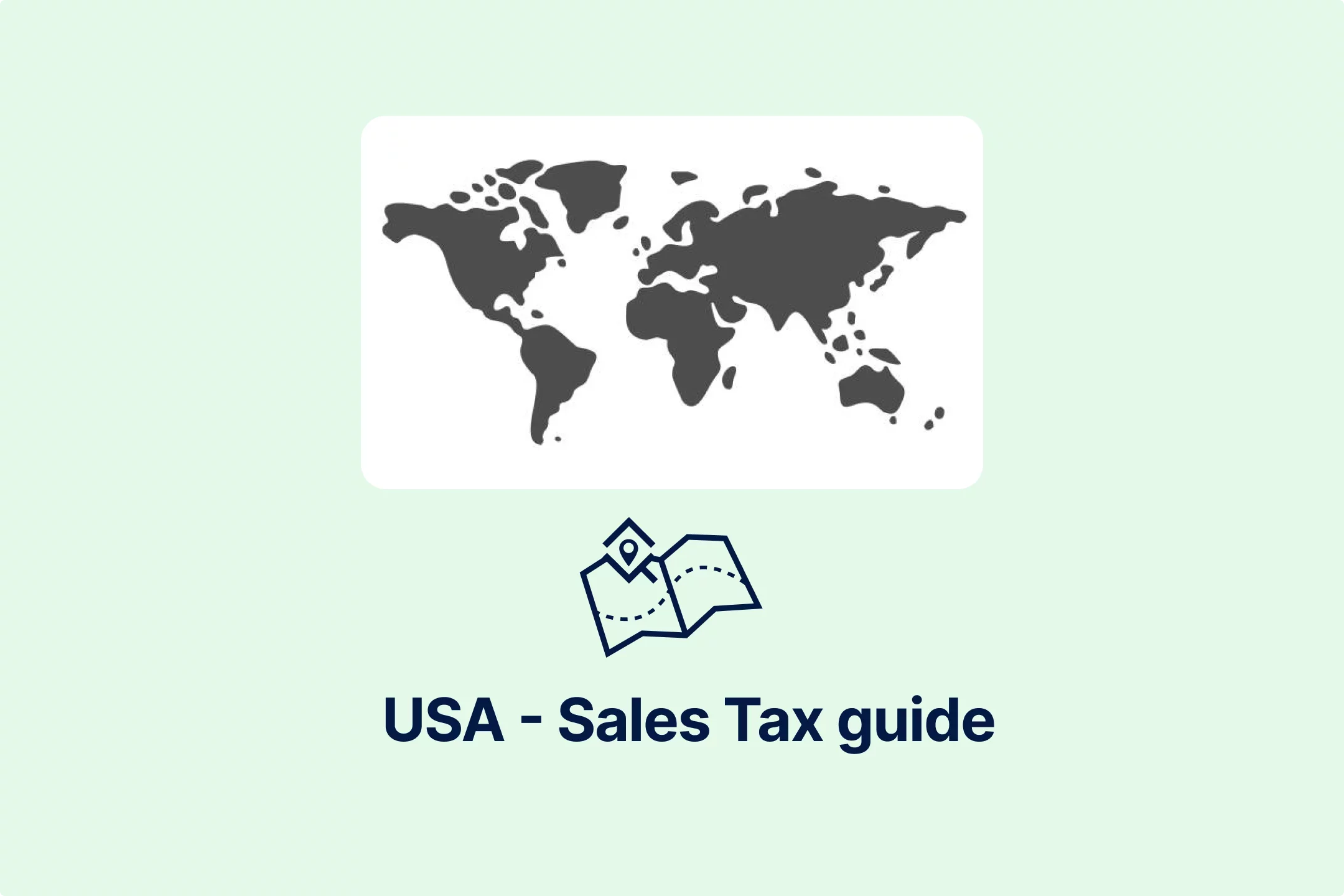
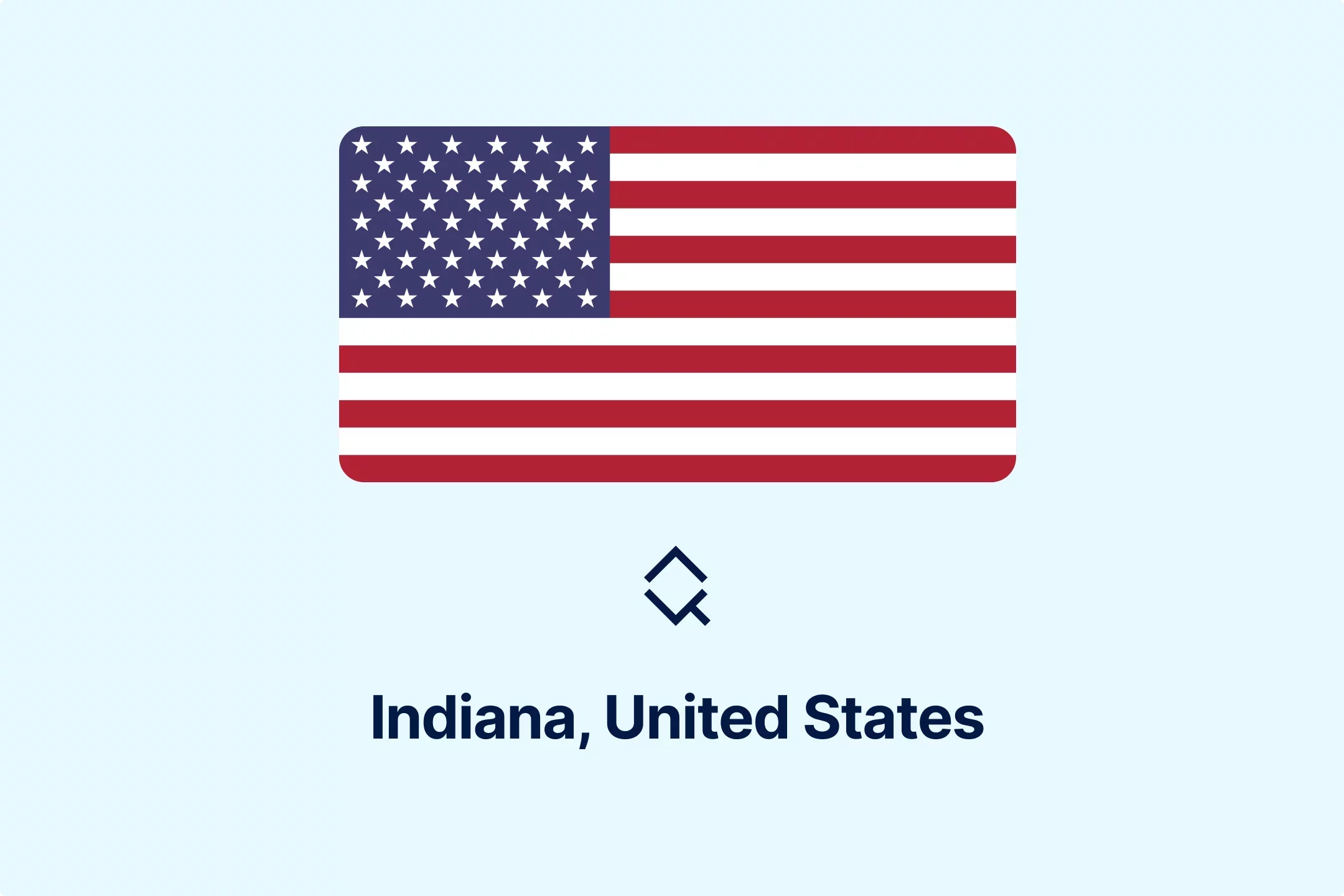
-pofe7ucwz3.webp)
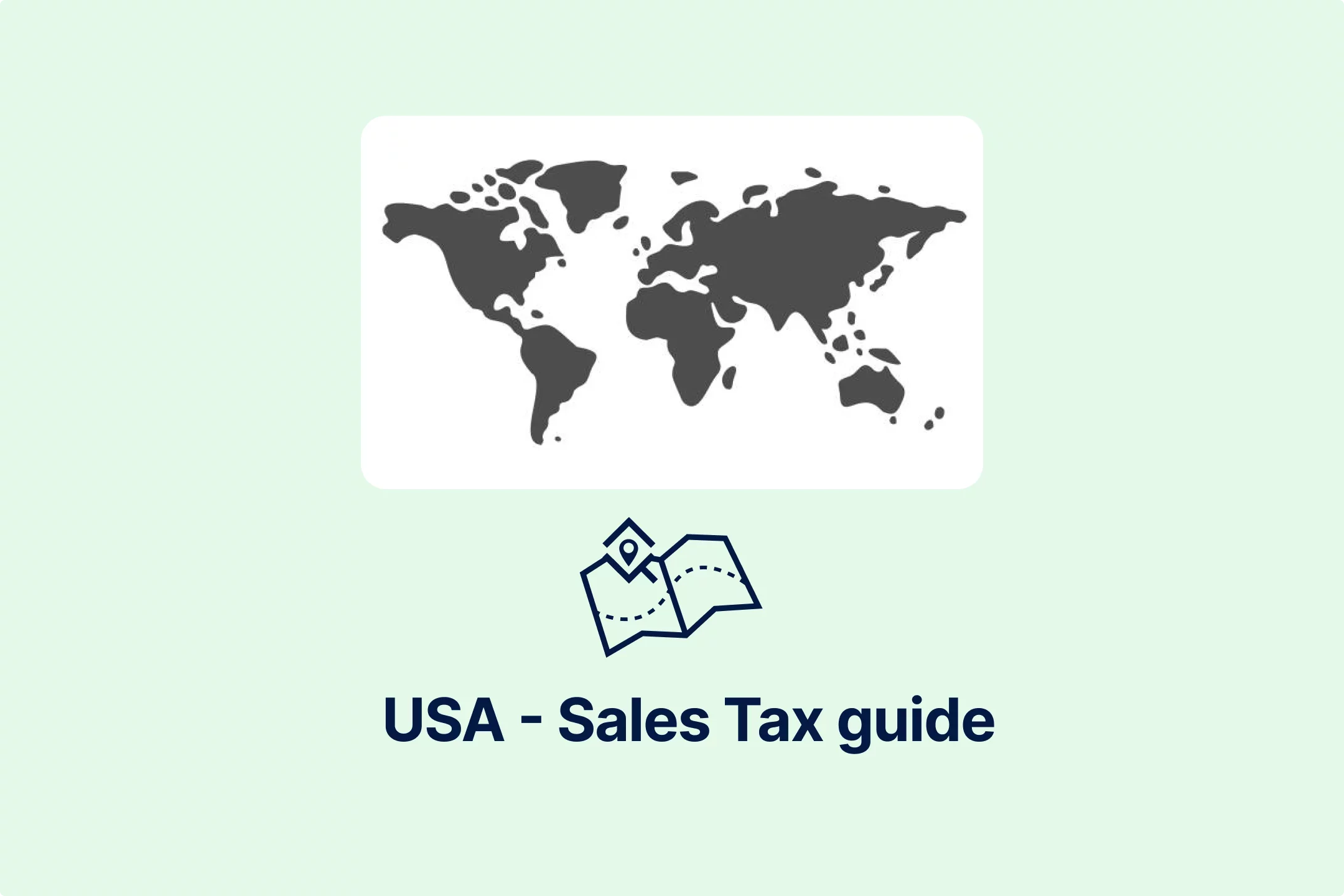
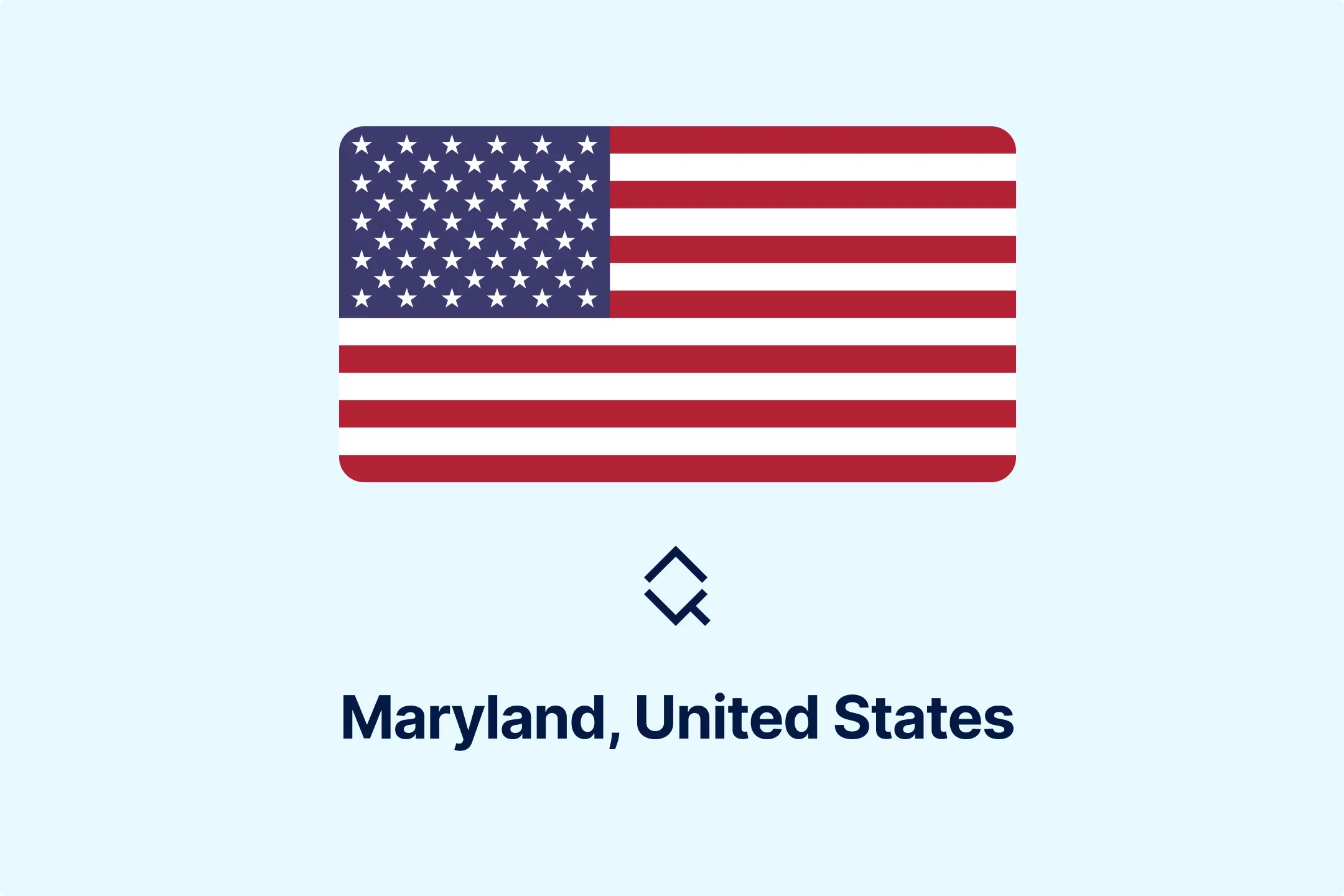


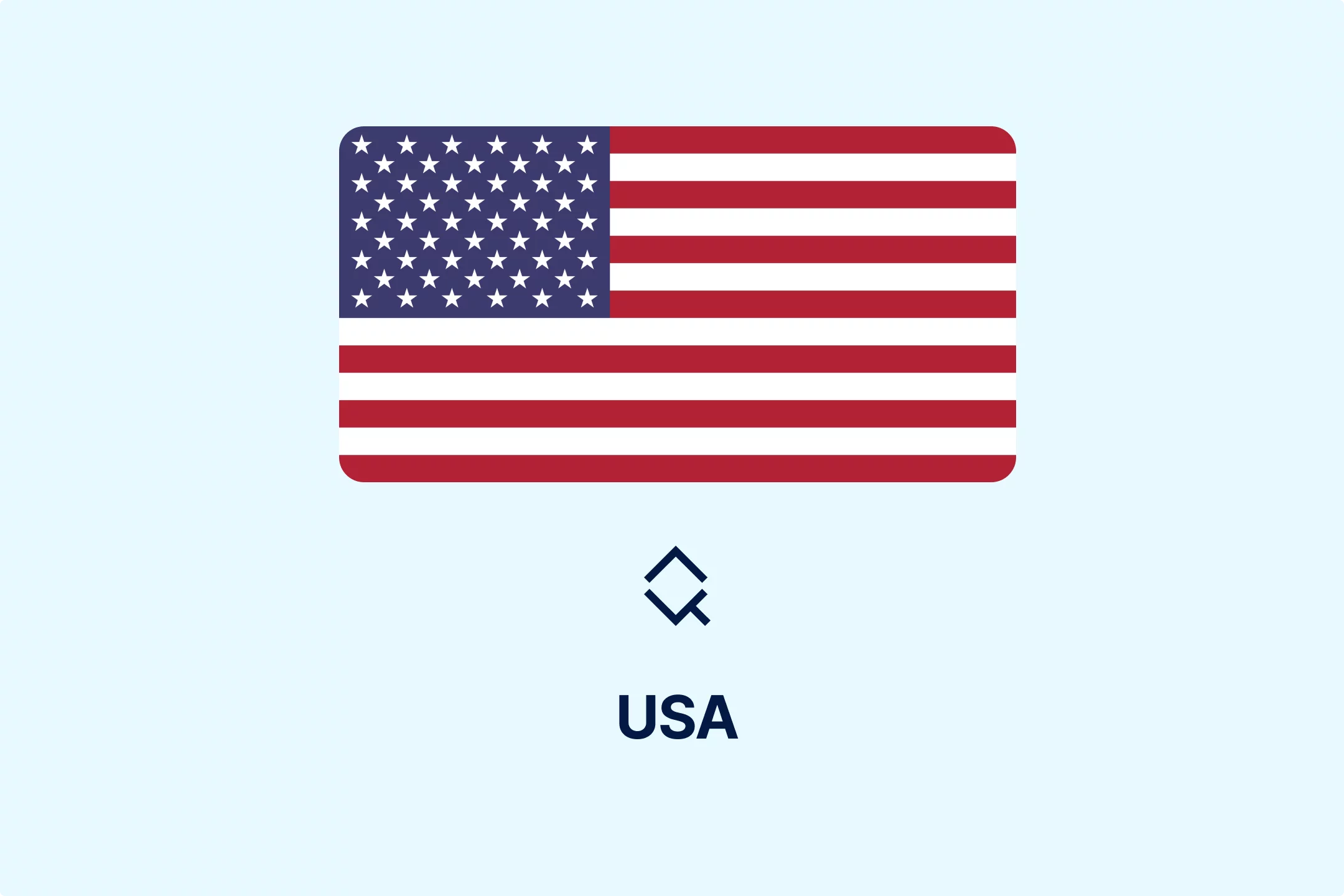

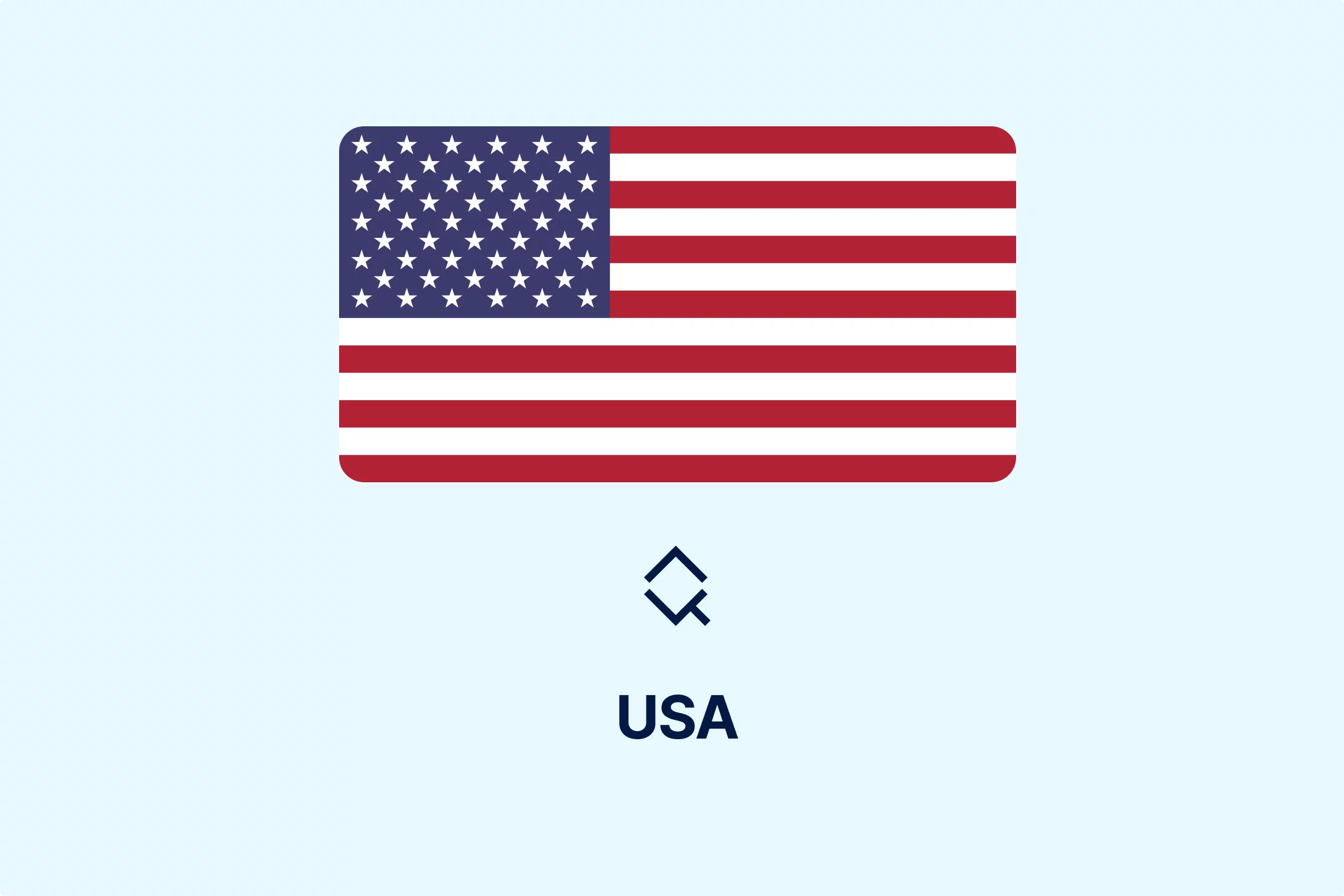
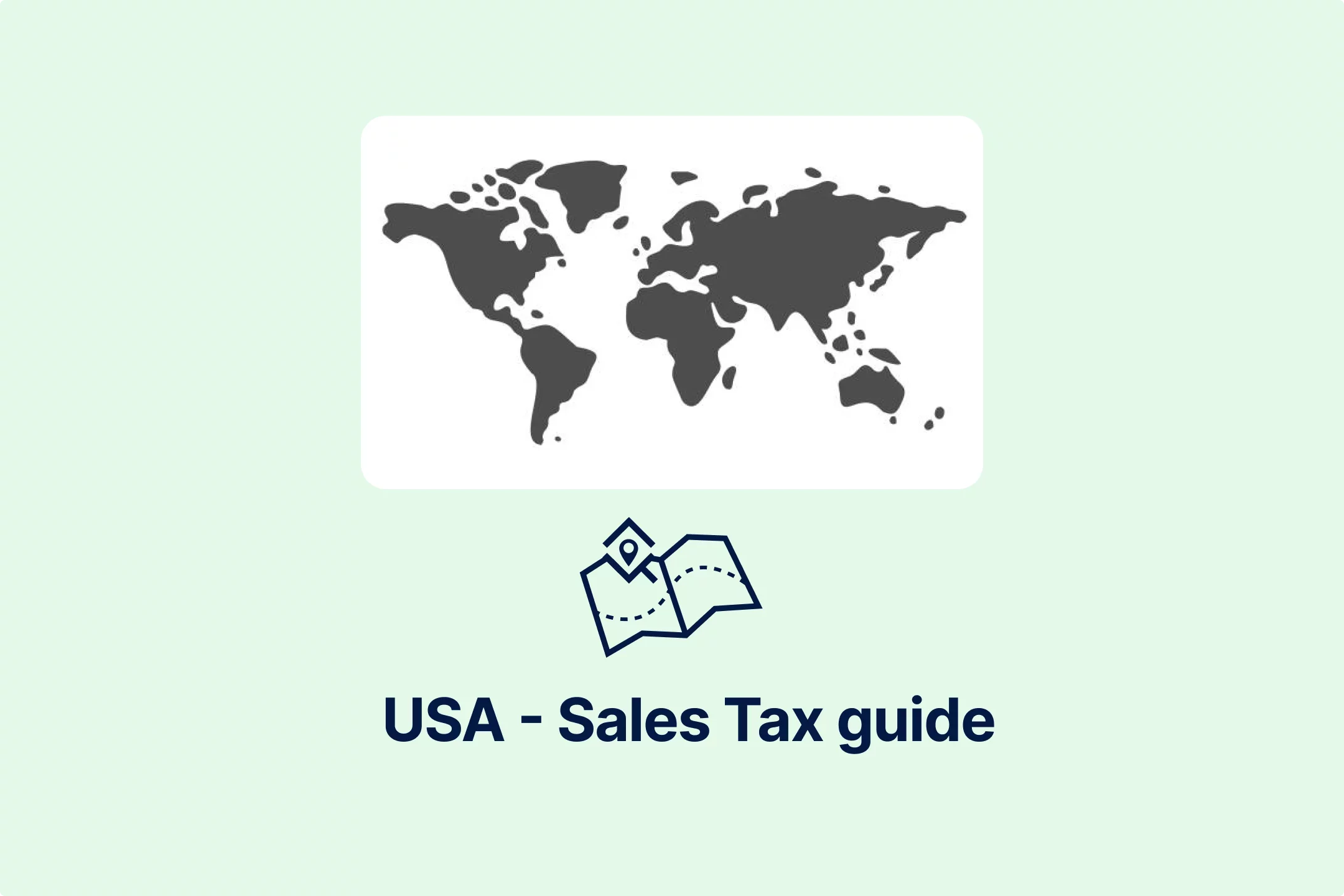

-de8hdb1bn3.webp)
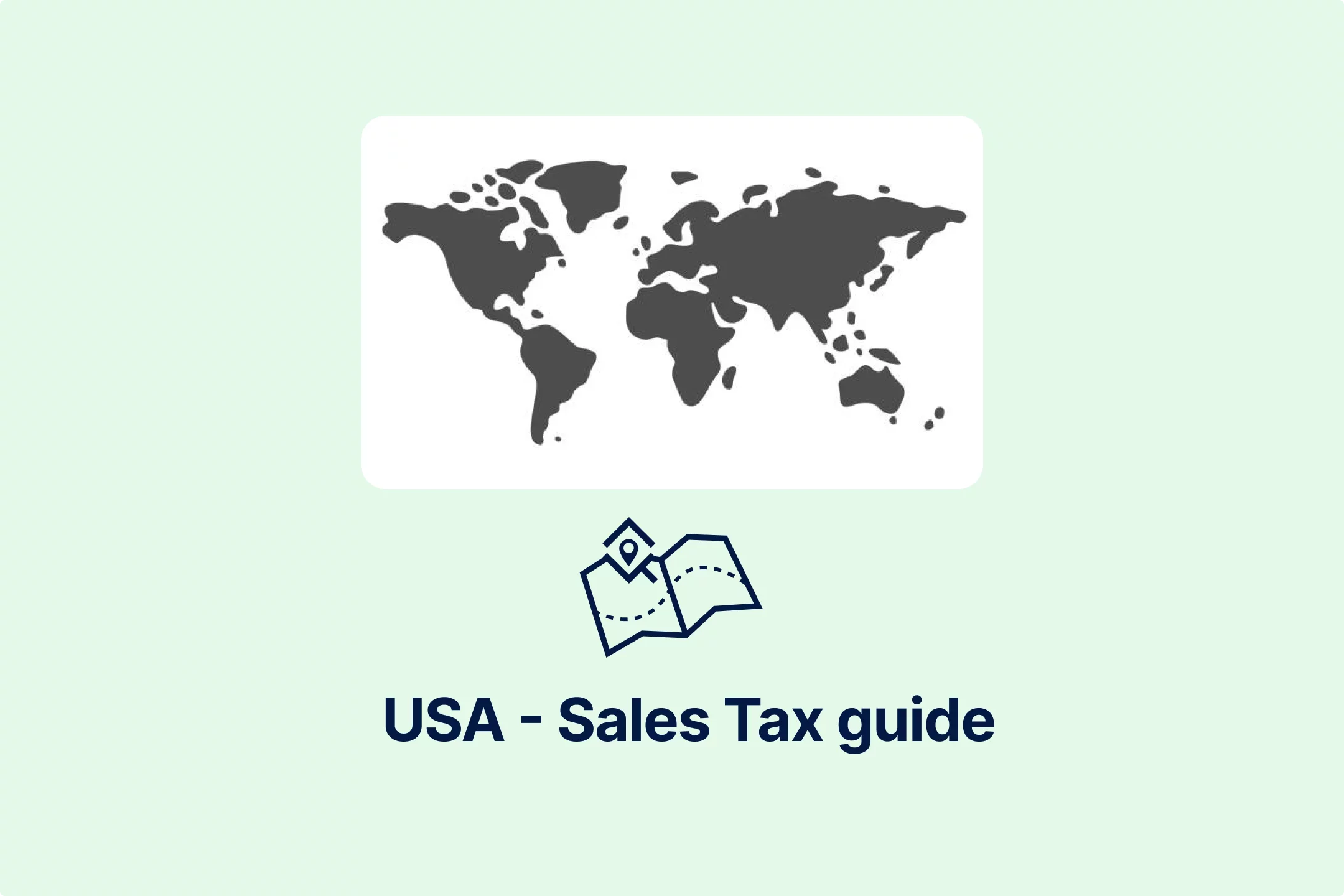
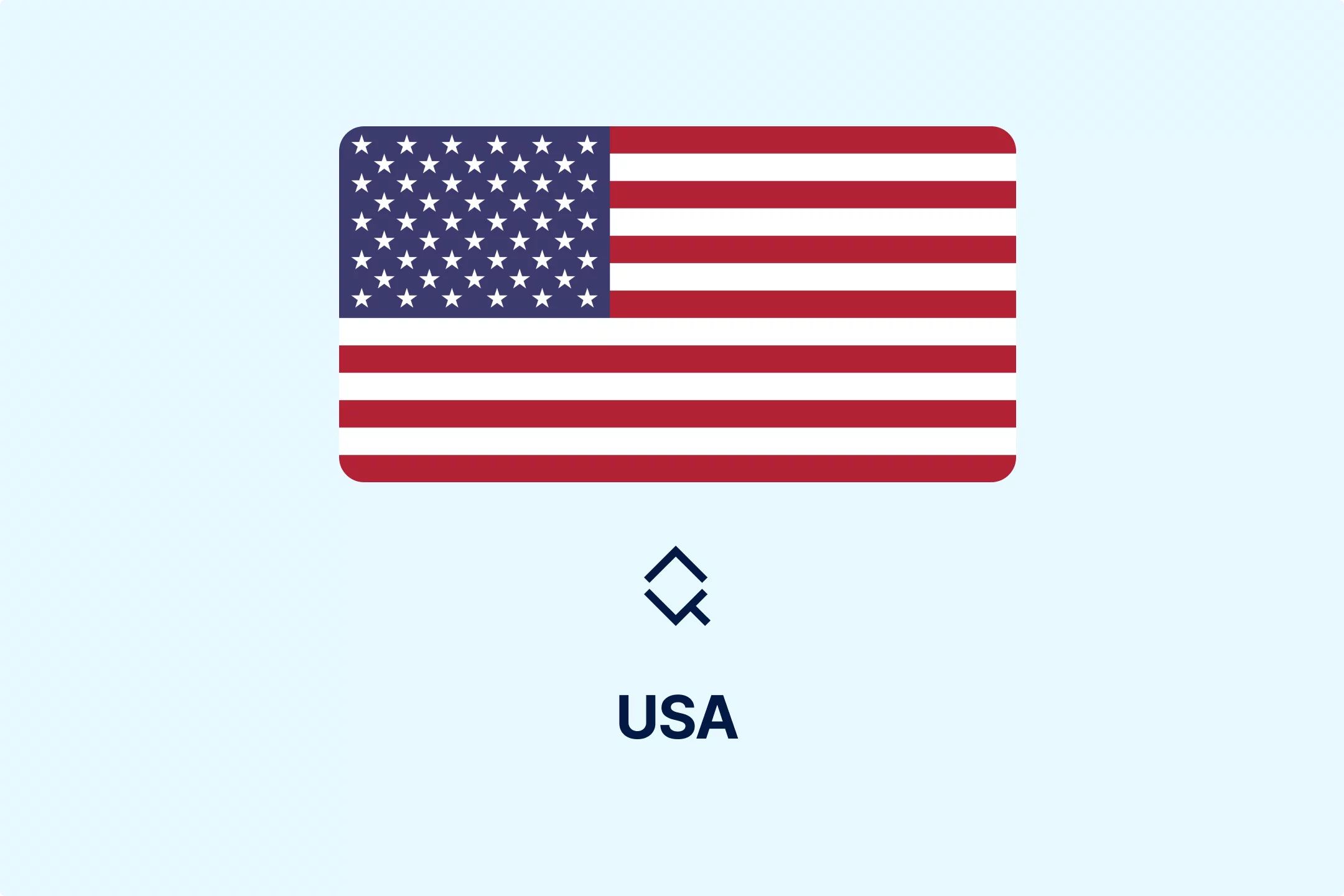






-xbhr0m4jsb.webp)


-ae6fi6cjox.webp)



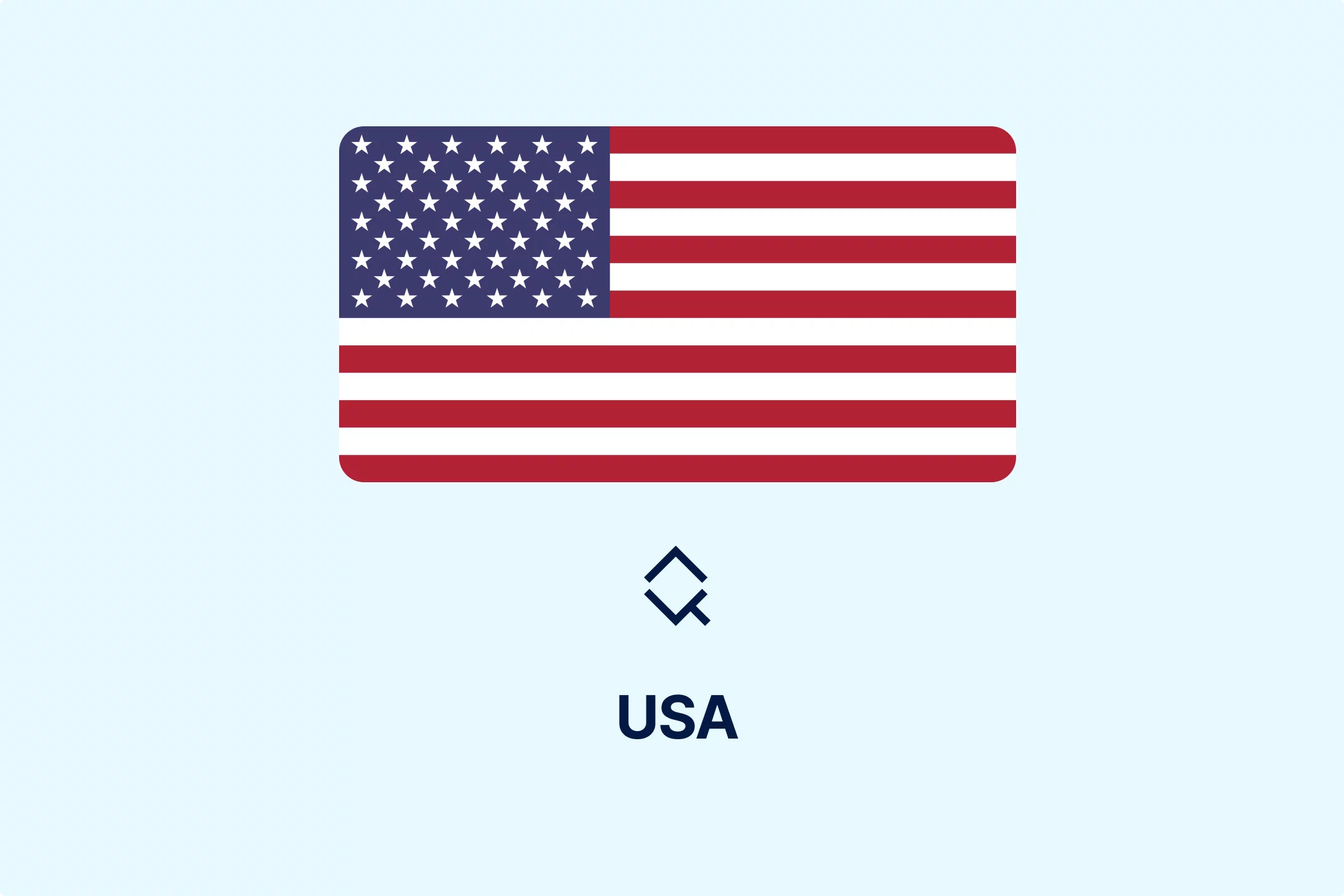










-b0fpsws1w1.webp)





















-x78wuofpzj.webp)
















-b44f1vjl1i.webp)

-priw8nq5xc.webp)


.png)

.png)






























